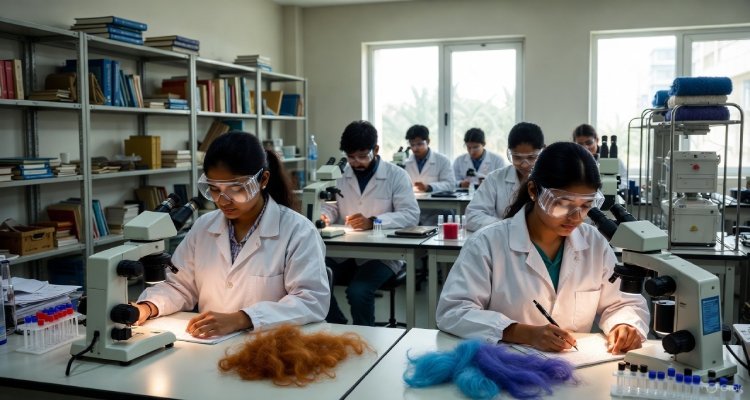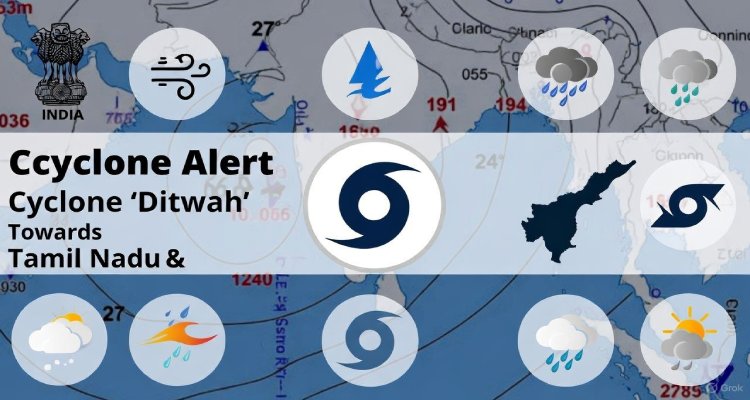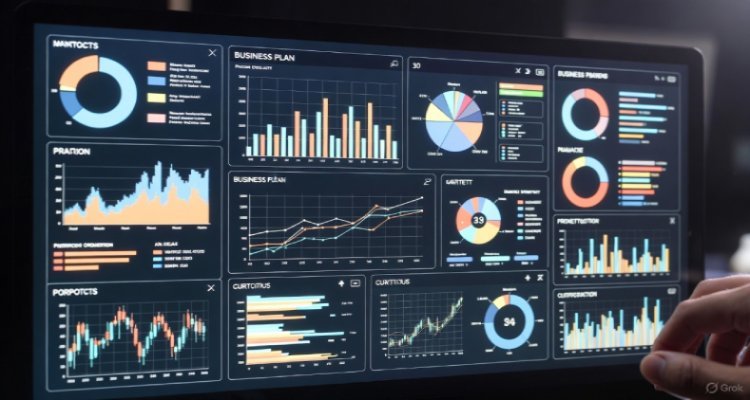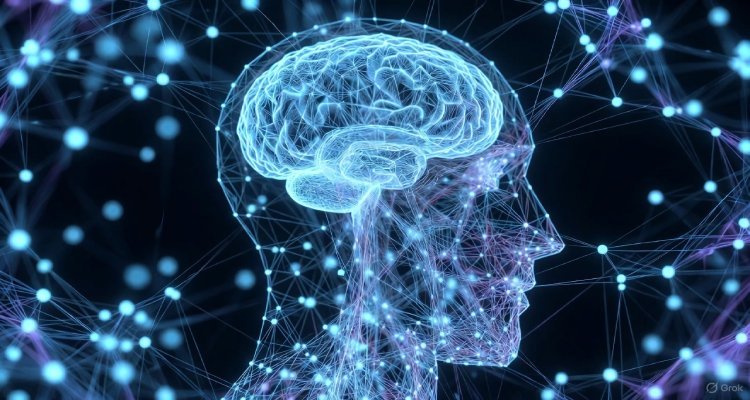The Ancient Schools That Taught Without Teachers
Discover how ancient self-learning centers flourished without teachers, shaping knowledge, innovation, and human intellect for generations.
Introduction: A Classroom Without a Teacher
Imagine walking into a school where no instructor greets you, no one lectures from the front, and no bell signals the start or end of a lesson. Instead, students navigate vast libraries, engage in debates with peers, and learn directly from nature, art, and experience. This is not the vision of a futuristic learning hub—it is the forgotten reality of some of the world’s earliest schools, where education thrived without formal teachers.
Context & Background: Learning Beyond the Lecture
Long before standardized curriculums and chalkboards, many civilizations nurtured systems of knowledge-sharing that didn’t rely on a central instructor. In ancient India, the Nalanda University and Takshashila allowed scholars to guide themselves through texts and philosophical discourse, often learning as much from fellow students as from senior mentors.
In ancient Greece, public spaces like the Agora functioned as open classrooms, where thinkers like Socrates prompted discussions rather than delivering structured lessons. Similarly, in China’s early scholarly gardens, learning was driven by self-mastery—students absorbed wisdom through literature, observation, and rigorous self-discipline.
These institutions embodied the idea that knowledge is not simply delivered—it is discovered.
Main Developments: How These Schools Worked
Ancient “teacherless” schools often revolved around three pillars:
Knowledge Repositories – Scrolls, manuscripts, and inscriptions were central. Students could access vast collections of literature, astronomy charts, mathematics treatises, and philosophical works.
Peer-to-Peer Learning – Students formed learning circles, engaging in debates, collaborative problem-solving, and oral storytelling to reinforce understanding.
Learning Through Observation – In agricultural societies, nature itself was the classroom. In urban centers, craft workshops served as living laboratories for mathematics, engineering, and artistry.
Notably, these environments did not eliminate guidance entirely—elders, scribes, or experienced scholars acted more as custodians than teachers, ensuring resources were available but letting students take charge of their learning path.
Expert Insight: The Power of Autonomy in Learning
Dr. Meera Vasant, historian of education at the University of Delhi, explains:
“These schools prove that structured, teacher-led education is only one model. In many ancient contexts, the absence of a formal teacher encouraged intellectual independence and creativity. Students weren’t passive listeners; they were active seekers.”
Modern education researchers also draw parallels between these ancient models and today’s self-directed learning platforms—like MOOCs, coding bootcamps, and maker spaces—where peer collaboration and curiosity drive progress more than formal instruction.
Impact & Implications: Lessons for Today’s Classrooms
The revival of teacherless learning concepts could reshape modern education. Here’s why it matters:
- Fosters Critical Thinking – Without a single authoritative voice, students learn to evaluate, cross-check, and debate information.
- Encourages Lifelong Learning – Students in ancient schools didn’t “graduate” in the modern sense; learning was continuous.
- Adapts to Diverse Learning Styles – Autonomy allows each learner to set their own pace and focus on their interests.
In today’s age of AI tutors, online forums, and global resource-sharing, the principles of ancient teacherless schools feel more relevant than ever.
Conclusion: The Timeless Value of Self-Learning
The ancient schools that operated without teachers remind us of a simple truth: education is not confined to a classroom, a syllabus, or a single voice of authority. True learning is a dialogue between curiosity and exploration.
As the world grapples with questions about the role of AI, automation, and new education models, looking back at these ancient institutions offers both inspiration and caution. The tools have changed—but the human drive to learn, discover, and share remains timeless.
Disclaimer: This article is based on historical research and expert commentary. Interpretations may vary among historians due to the limited availability of direct records from ancient civilizations.











